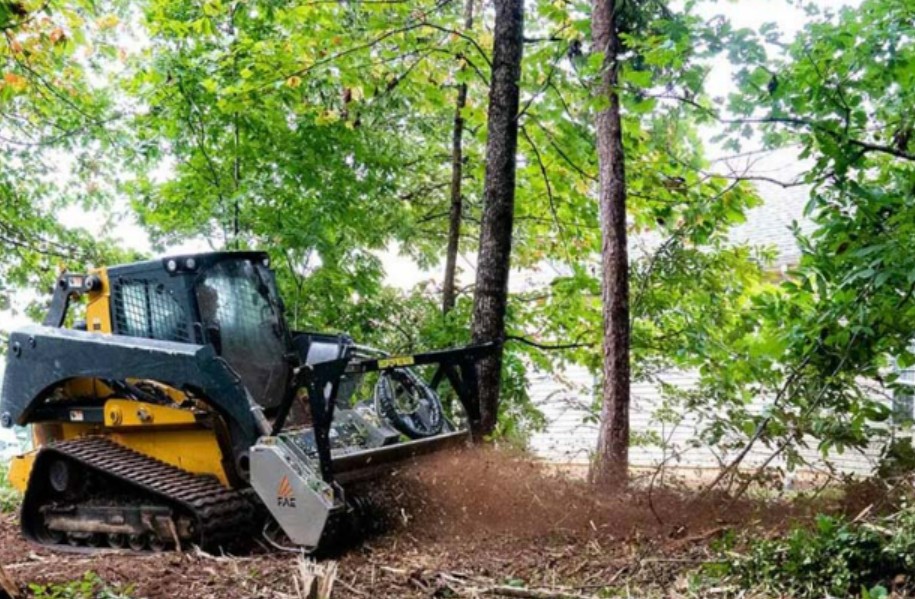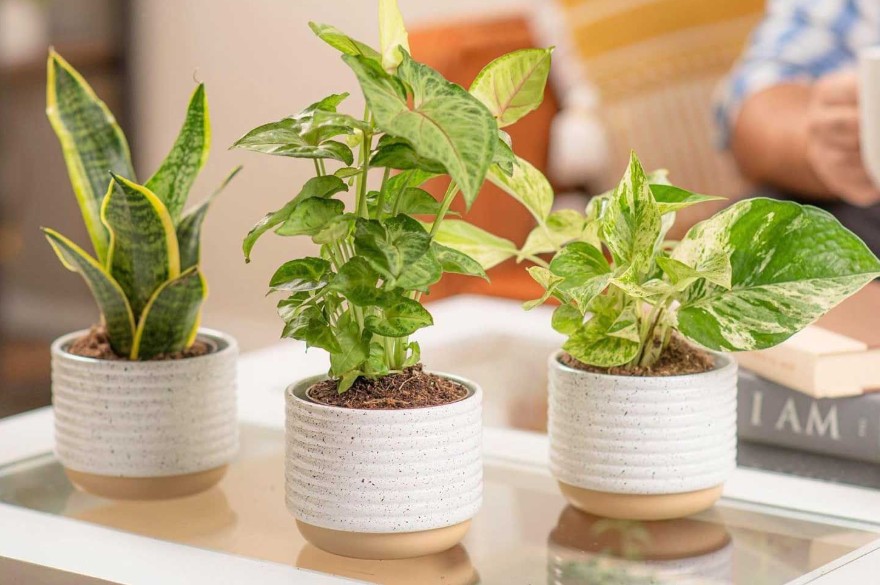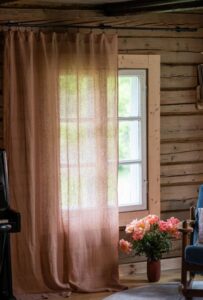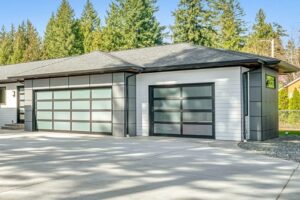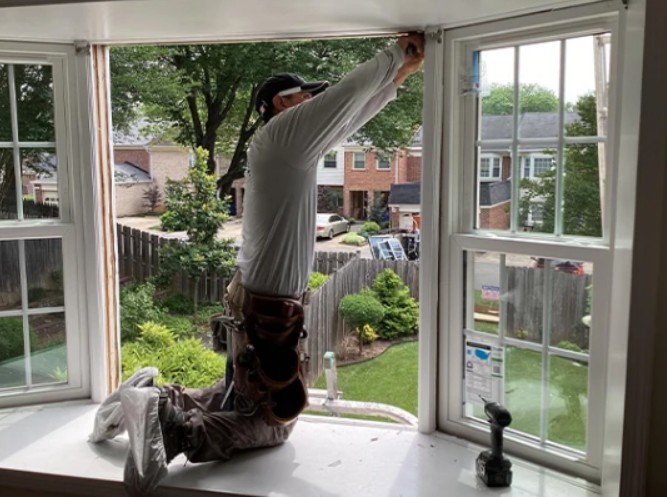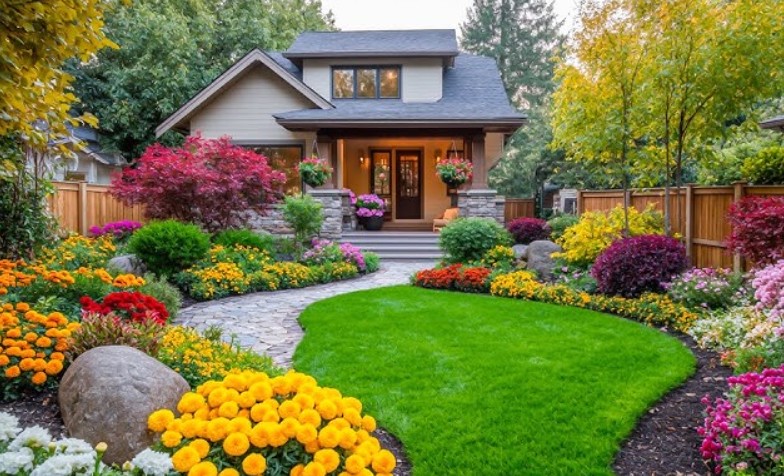
Introduction
A beautifully landscaped home garden can transform your outdoor space into a relaxing oasis and boost your property’s curb appeal. Whether you have a large yard or a small patch of land, DIY landscaping allows you to personalize your garden exactly how you want it—while saving money and enjoying the satisfaction of hands-on creativity. From planning your layout to choosing the right plants and adding decorative features, thoughtful landscaping brings harmony, color, and life to your home environment. In this post, we’ll explore essential DIY landscaping tips that will help you create a stunning garden that flourishes year-round and becomes your favorite place to unwind.
Plan Your Garden Layout Thoughtfully
The foundation of a stunning home garden starts with a well-thought-out plan. Before you begin planting or installing features, take time to assess your outdoor space carefully. Consider the size and shape of your garden, the direction it faces, and how sunlight moves across it throughout the day. Knowing where the sunniest and shadiest spots are will help you choose the right plants for each area.
Sketching a rough garden layout can make a big difference. Map out where you want planting beds, pathways, seating areas, and focal points such as water features or sculptures. Think about how people will move through the space and how different elements will complement each other. Planning ahead helps avoid costly mistakes, ensures efficient use of space, and creates a balanced, inviting garden that flows naturally.
Choose Plants That Thrive Locally
Selecting the right plants is key to a successful and low-maintenance garden. Opting for native plants and those suited to your local climate and soil conditions ensures they will thrive with less water, fertilizer, and care. Native plants are naturally adapted to your region’s weather patterns and pests, making them more resilient and sustainable choices.
Incorporate a mix of perennials and annuals to provide year-round color and variety. Perennials come back each year, offering long-term structure, while annuals add vibrant seasonal bursts. Also, consider plants with different heights, textures, and bloom times to create visual interest and attract beneficial wildlife like bees and butterflies. Choosing plants that flourish naturally in your area not only enhances the beauty of your garden but also supports local ecosystems.
Create Defined Garden Beds and Borders
Well-defined garden beds and borders give your garden a clean, organized, and polished look. They help separate planting areas from lawns or walkways, making maintenance easier and preventing grass or weeds from encroaching on your flowers and vegetables. Creating clear boundaries also enhances the overall design by adding structure and visual appeal.
You can use a variety of materials for edging, such as bricks, stones, wood, or metal strips, depending on your style and budget. Raised beds are another excellent option—they improve drainage, warm up faster in spring, and reduce soil compaction, making gardening more comfortable and productive. Whether you opt for traditional borders or raised beds, defining your garden spaces will make your landscape look intentional and well cared for.
Incorporate Hardscaping Elements
Hardscaping refers to the non-living features of your garden, such as pathways, patios, retaining walls, and decks. Incorporating these elements adds structure, functionality, and visual interest to your outdoor space. Hardscaping creates defined areas for relaxing, entertaining, and walking, while complementing the plants and natural features in your garden.
For a DIY-friendly approach, consider using materials like natural stone, gravel, bricks, or wood. A well-placed stone pathway can guide visitors through your garden, while a small patio or seating area provides a cozy spot to enjoy your surroundings. When designing hardscape features, aim for a balance between solid surfaces and greenery to maintain a harmonious, inviting atmosphere. Thoughtful hardscaping enhances both the beauty and usability of your garden.
Use Mulch to Enhance Soil and Retain Moisture
Mulching is one of the simplest and most effective ways to improve your garden’s health and appearance. Applying a layer of mulch around your plants helps retain soil moisture by reducing evaporation, which means you’ll need to water less frequently. Mulch also suppresses weed growth by blocking sunlight, saving you time on weeding and preventing unwanted plants from competing with your garden.
In addition, organic mulches like shredded bark, wood chips, straw, or compost slowly break down, enriching the soil with nutrients and improving its structure. When applying mulch, spread it evenly around your plants in a 2 to 3-inch layer but avoid piling it directly against stems or trunks to prevent rot. Using mulch not only conserves water but also promotes healthier, more vibrant plants.
Install Efficient Irrigation Systems
Efficient watering is essential for maintaining a healthy garden while conserving water and reducing your utility bills. Installing a DIY drip irrigation or soaker hose system delivers water directly to the roots of your plants, minimizing evaporation and runoff. This targeted watering method ensures that your plants receive consistent moisture exactly where they need it, promoting stronger growth and reducing the risk of diseases caused by wet foliage.
To make watering even easier, consider adding a timer to automate your irrigation schedule. This allows you to water early in the morning or late in the evening—when evaporation rates are lowest—without needing to be present. Efficient irrigation systems save time, water, and effort, making them a smart investment for any home garden.
Add Garden Lighting for Ambience and Safety
Adding garden lighting is a fantastic way to extend the enjoyment of your outdoor space into the evening while enhancing both ambience and safety. Thoughtfully placed lights can highlight key features like trees, pathways, and seating areas, creating a warm and inviting atmosphere after dark. Soft, subtle lighting adds depth and drama to your garden, making it feel cozy and magical.
For easy DIY installation, solar-powered lights are an excellent choice since they require no wiring and are energy-efficient. You can also use LED fixtures for long-lasting, low-energy illumination. In addition to enhancing beauty, well-lit paths and stairs reduce the risk of trips and falls, making your garden safer for family and guests. Garden lighting not only beautifies but also adds practical value to your outdoor living space.

